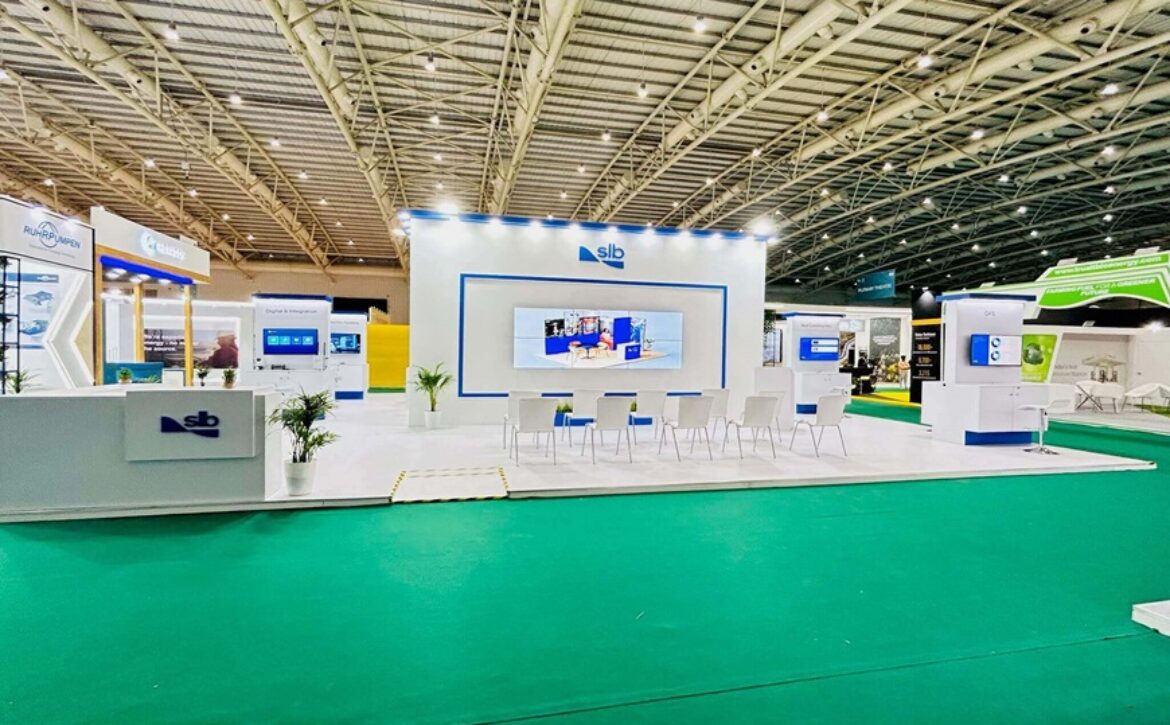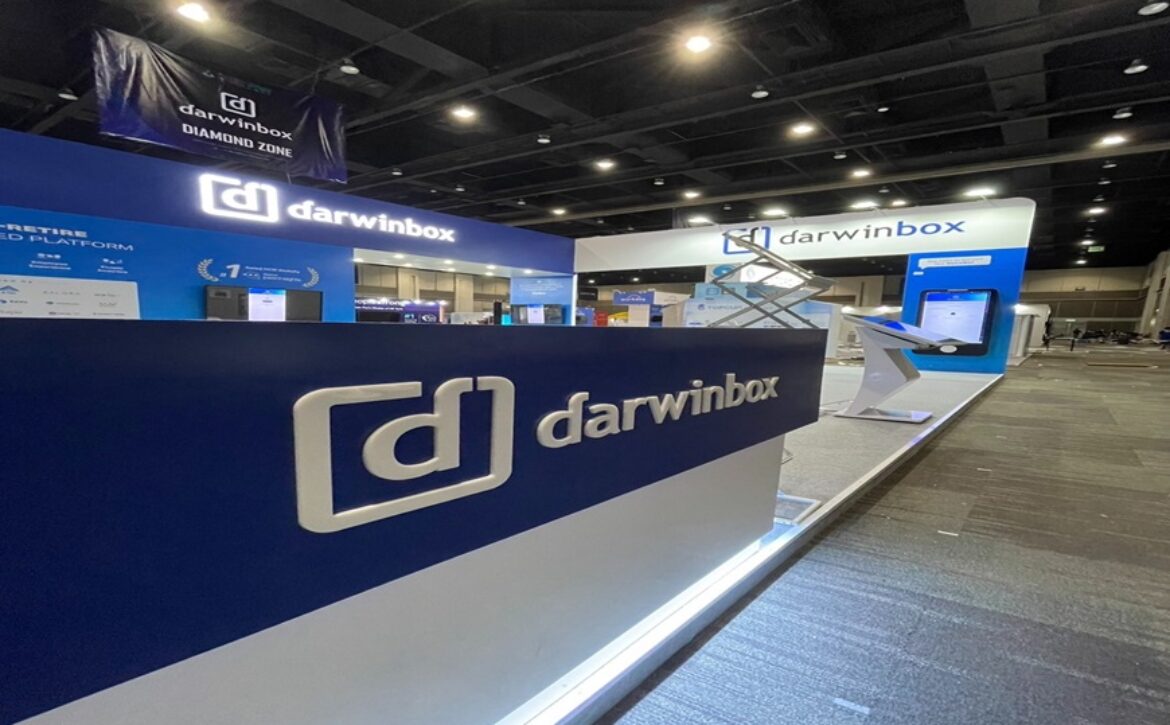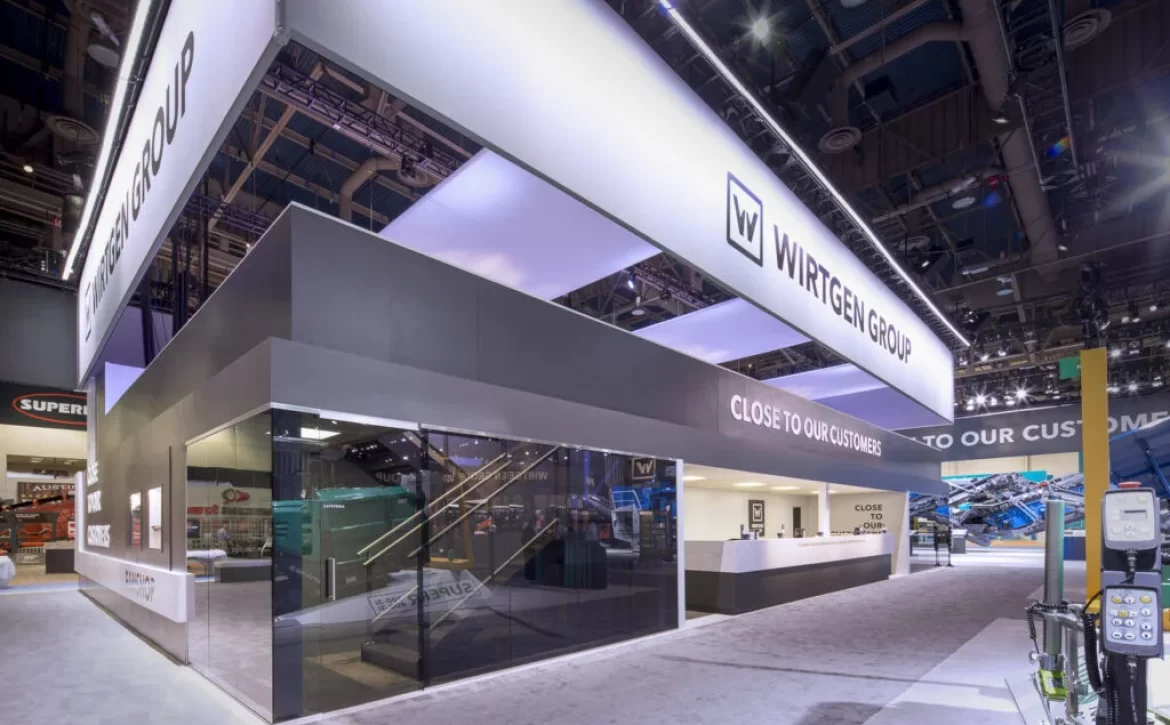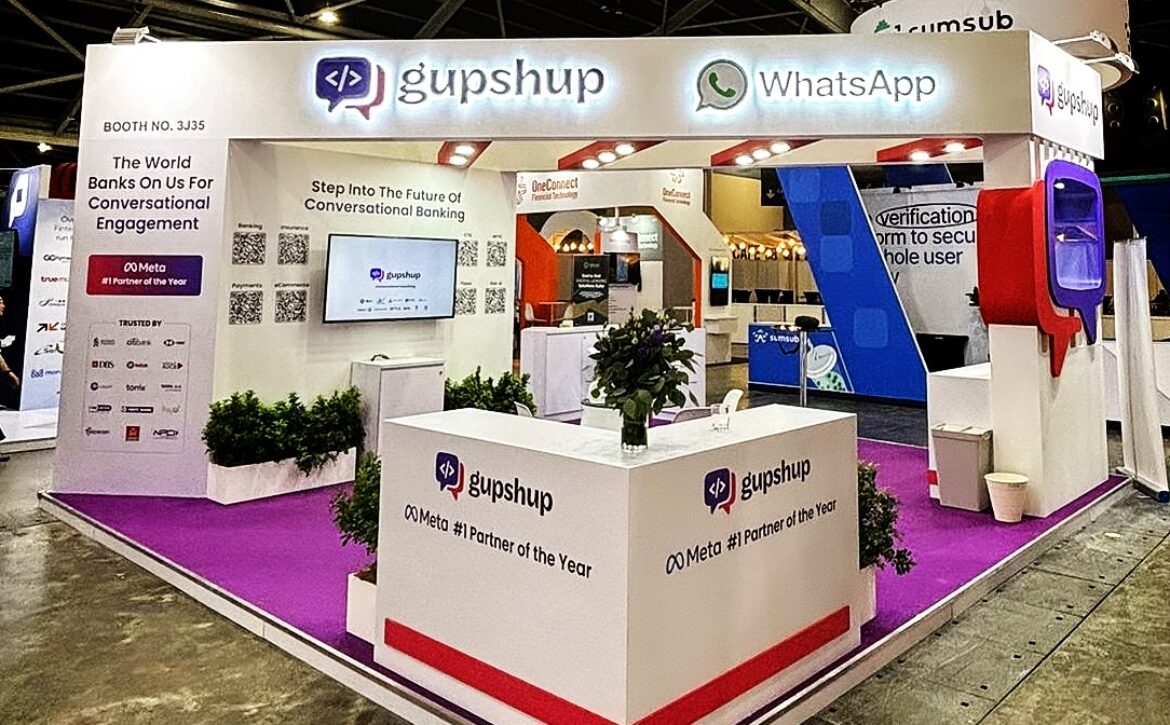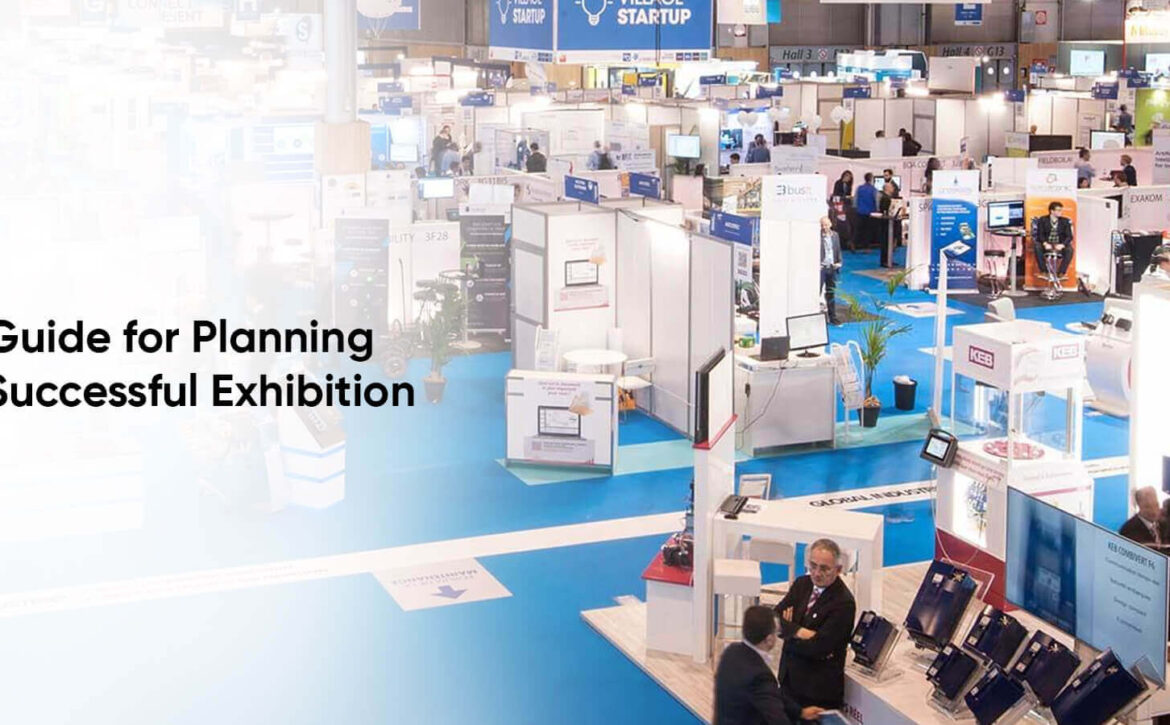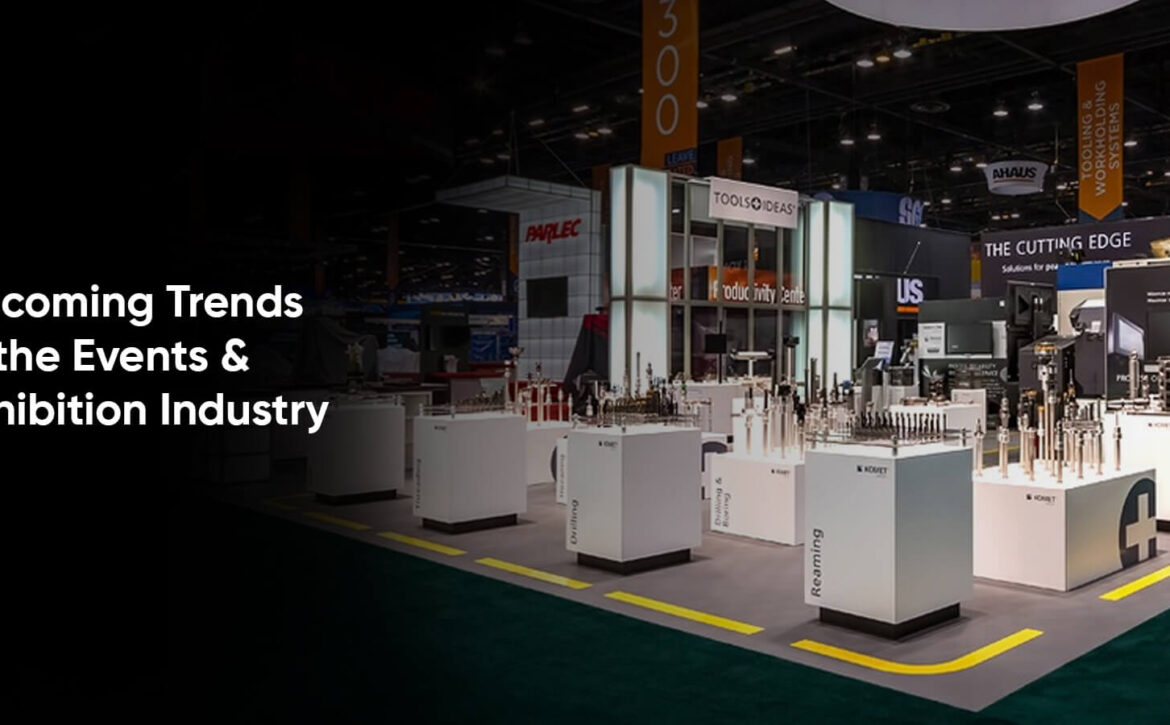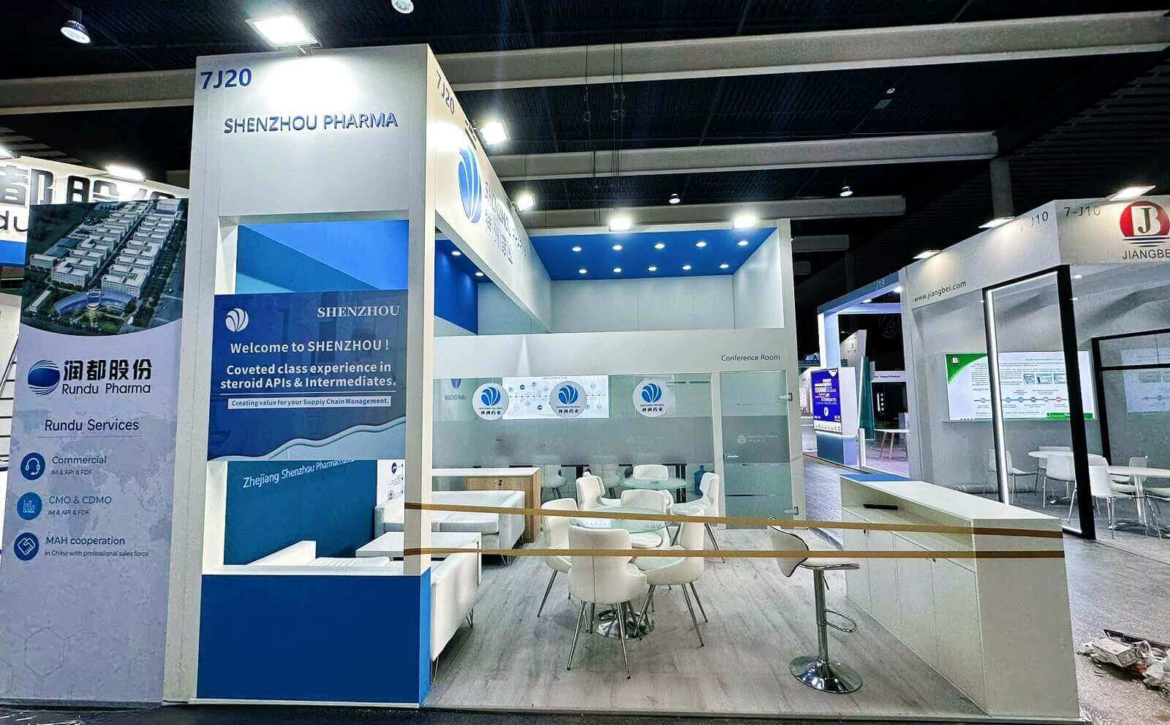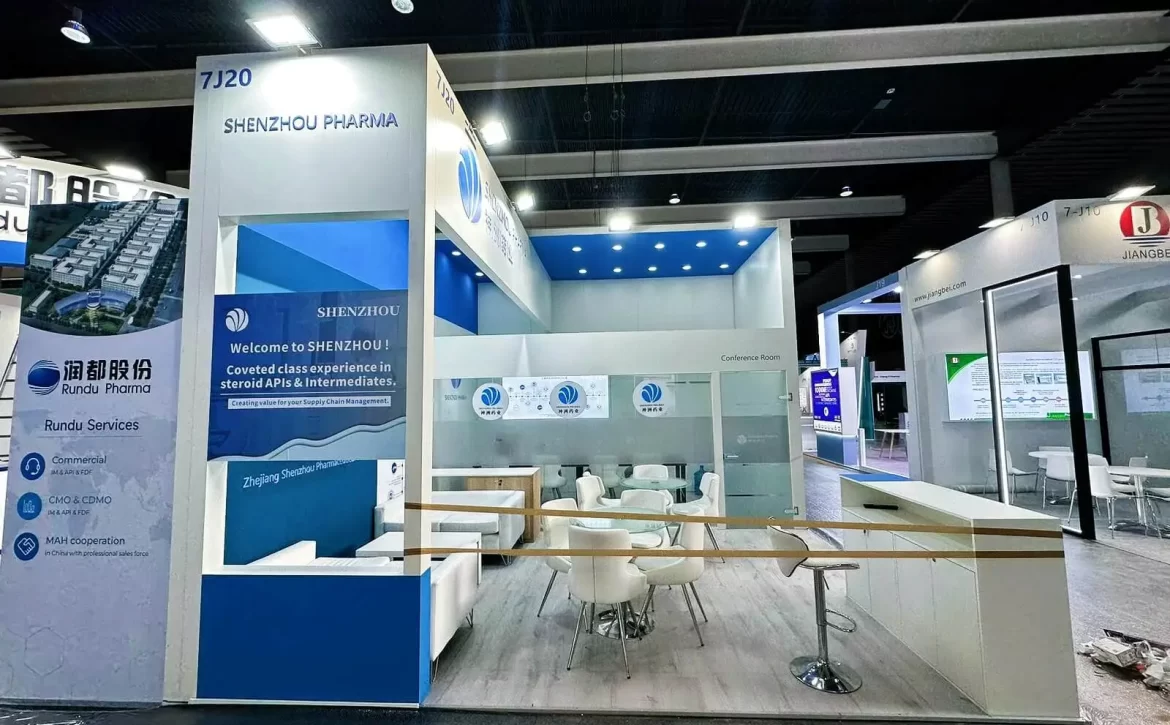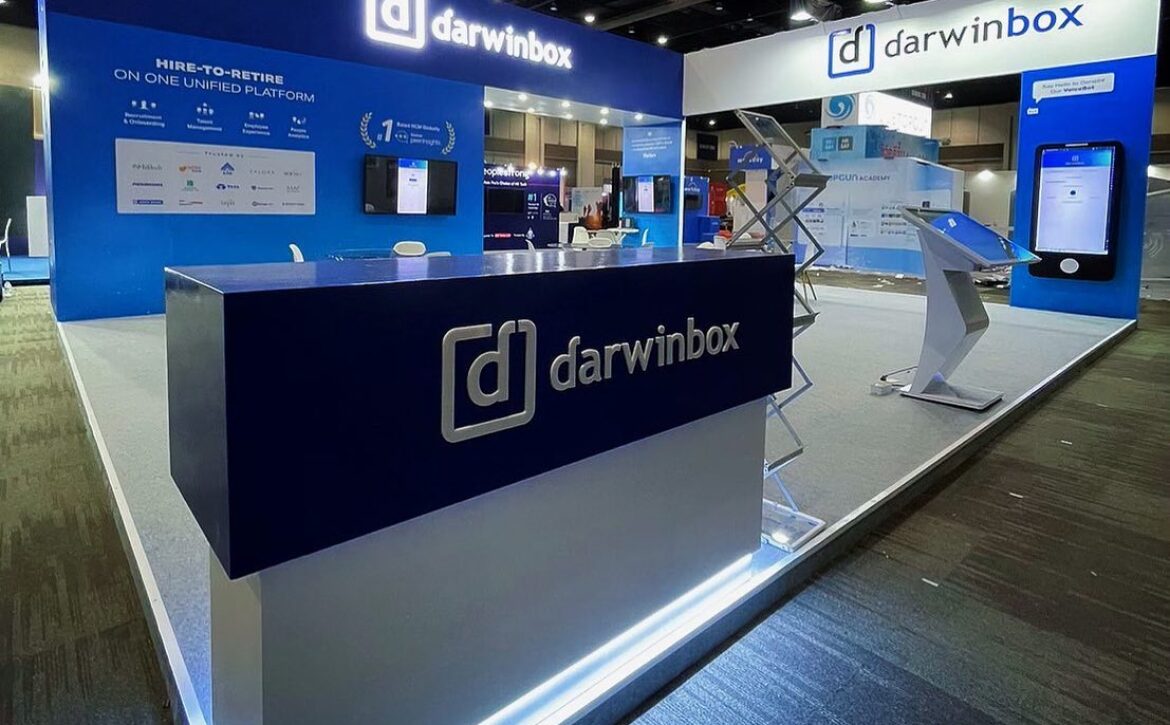How Lighting Can Effectively Enhance Your Exhibition Stand Design
When it comes to exhibition stands, the design plays a crucial role in attracting visitors, conveying your brand message, and creating a lasting impression. Among the various elements that contribute to a successful stand design, lighting stands out as one of the most impactful. Proper lighting not only enhances the visual appeal of your stand but also guides the visitor’s attention to key areas, sets the mood, and reinforces your brand identity.
The Importance of Lighting in Exhibition Stand Design
Here’s why lighting is so crucial:
- Attraction: The right lighting can make your stand more eye-catching from a distance, drawing visitors in.
- Focus: Lighting can be used to highlight specific areas of your stand, such as products, promotional materials, or branding elements.
- Ambience: The type of lighting you use can set the tone for your stand. For instance, warm lighting can create a welcoming and comfortable atmosphere, while cool lighting can convey professionalism and modernity.
- Branding: For example, if your brand is associated with innovation and technology, LED lights in shades of blue or white might be appropriate.
- Interaction: Interactive lighting, such as motion-activated lights or color-changing LEDs, can engage visitors in a way that static lighting cannot.
Different Types of Exhibition Lights
To make the most of lighting in your exhibition stand design, it’s important to understand the different types of exhibition lights available and how they can be used effectively.
1. Spotlights
Spotlights are a popular choice for exhibition stands because of their ability to focus light on a specific area. Spotlights can be adjusted in terms of direction and intensity, giving you control over the look and feel of your stand.
Use spotlights to create contrast by illuminating specific items against a darker background. This makes the highlighted object stand out even more.
2. Floodlights
Floodlights provide broad illumination and are excellent for lighting up large areas of your exhibition stand. They are especially useful if your stand is spread over a considerable space and you want to ensure that it is evenly lit.
Floodlights are best used for general lighting to ensure that the entire stand is well-lit. However, be careful not to overuse them, as they can make your stand appear flat and uninspiring without additional accent lighting.
3. LED Lights
LED lights are a versatile and energy-efficient option for exhibition stands. They come in a variety of colors, intensities, and forms, from strip lights to bulbs.
LED strip lights can be used along the edges of displays, under counters, or around signage to add a sleek and contemporary look. Consider using programmable LEDs to change colors or create movement, which can attract more attention.
4. Backlighting
Backlighting is the technique of placing a light source behind an object or display to create a glowing effect.
Use backlighting behind translucent materials, such as frosted glass or fabric, to create a soft, diffused light that adds depth to your display. It’s also great for highlighting text or graphics on panels.
5. Accent Lighting
Accent lighting is used to highlight particular elements within your stand, such as architectural features, signage, or product displays. It is usually softer than spotlights but more focused than floodlights.
Accent lighting can be strategically placed to create shadows or highlights that add texture and depth to your stand, making it more visually interesting.
6. Track Lighting
Track lighting consists of a series of lights mounted on a track, which can be adjusted to point in different directions. This allows for flexibility in directing light to various parts of your stand as needed.
Use track lighting for adjustable, directional lighting that can be changed throughout the day to adapt to different lighting conditions or to focus on different areas as the exhibition progresses.
7. Interactive Lighting
Interactive lighting includes lights that respond to movement, touch, or other inputs. These can create an engaging experience for visitors and make your stand more memorable.
Incorporate interactive lighting in areas where you want to encourage visitor interaction, such as product demos or information kiosks.
How Top Exhibition Stand Builders Use Lighting
Top exhibition stand builders understand the importance of different types of exhibition lights and use it as a key element in their designs. Here’s how they incorporate lighting into their stand designs to enhance the overall experience:
- Customized Lighting Plans: Top builders create customized lighting plans that align with the specific goals and branding of the client. This involves selecting the right types of lights, positioning them strategically, and choosing the correct color temperatures and intensities.
- Integration with Stand Design: Lighting is integrated into the overall design of the stand from the early planning stages. This ensures that the lighting complements other elements such as graphics, materials, and the layout of the stand.
- Innovative Lighting Solutions: Leading builders stay on top of the latest trends in lighting technology and use innovative solutions such as smart lighting systems, wireless controls, and energy-efficient LEDs to create stands that are both visually stunning and environmentally friendly.
- Attention to Detail: Top builders pay attention to details such as the placement of power sources, the concealment of wiring, and the avoidance of glare or shadows that could detract from the stand’s appearance.
- Client Collaboration: Experienced builders work closely with their clients to understand their objectives and preferences, ensuring that the lighting design reflects the brand’s personality and meets the specific needs of the exhibition.
Tips for Using Lighting in Your Exhibition Stand
To make the most of lighting in your exhibition stand, consider the following tips:
- Plan Ahead: Don’t leave lighting as an afterthought. Consider it an integral part of your stand design from the beginning. This will ensure that all elements work together harmoniously.
- Layer Your Lighting: Use a combination of general, accent, and task lighting to create a layered effect. This adds depth to your stand and makes it more visually appealing.
- Consider the Visitor Experience: Think about how visitors will interact with your stand. Use lighting to create a path through the stand, highlight important information, and set the mood.
- Stay True to Your Brand: Choose lighting that reflects your brand’s identity. For example, if your brand is all about sustainability, consider using eco-friendly lighting options.
- Test Your Lighting: Before the exhibition, test your lighting in a similar environment to ensure that it looks good in real-world conditions. Adjust as needed to avoid issues such as glare, shadows, or insufficient illumination.
Conclusion
Lighting is a powerful tool that can significantly enhance your exhibition stand design. By choosing the right types of exhibition lights and working with top exhibition stand builders, you can create a stand that not only attracts attention but also effectively communicates your brand message and engages visitors. Whether you’re looking to highlight specific products, create a welcoming atmosphere, or make a bold statement, the right lighting can make all the difference.
Skyline Events is a team of young, creative, enthusiastic and dynamic professionals with a sparkling stream of ideas having vast experience in the field of Events & Exhibitions.
By prioritizing creativity, strategic planning, and attendee engagement, brands can elevate their presence at trade shows and stand out in a crowded marketplace.


